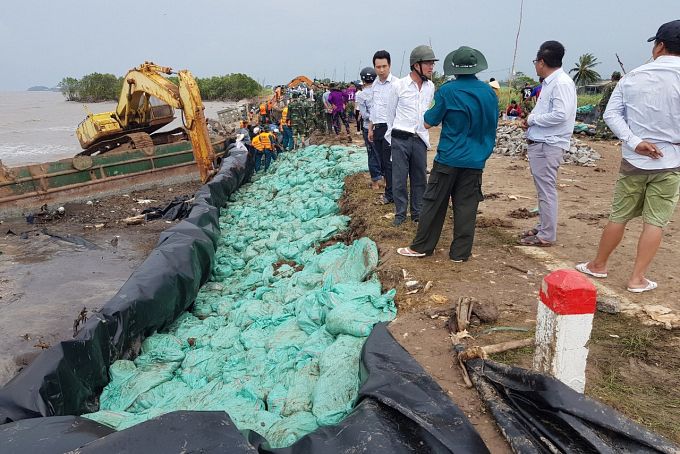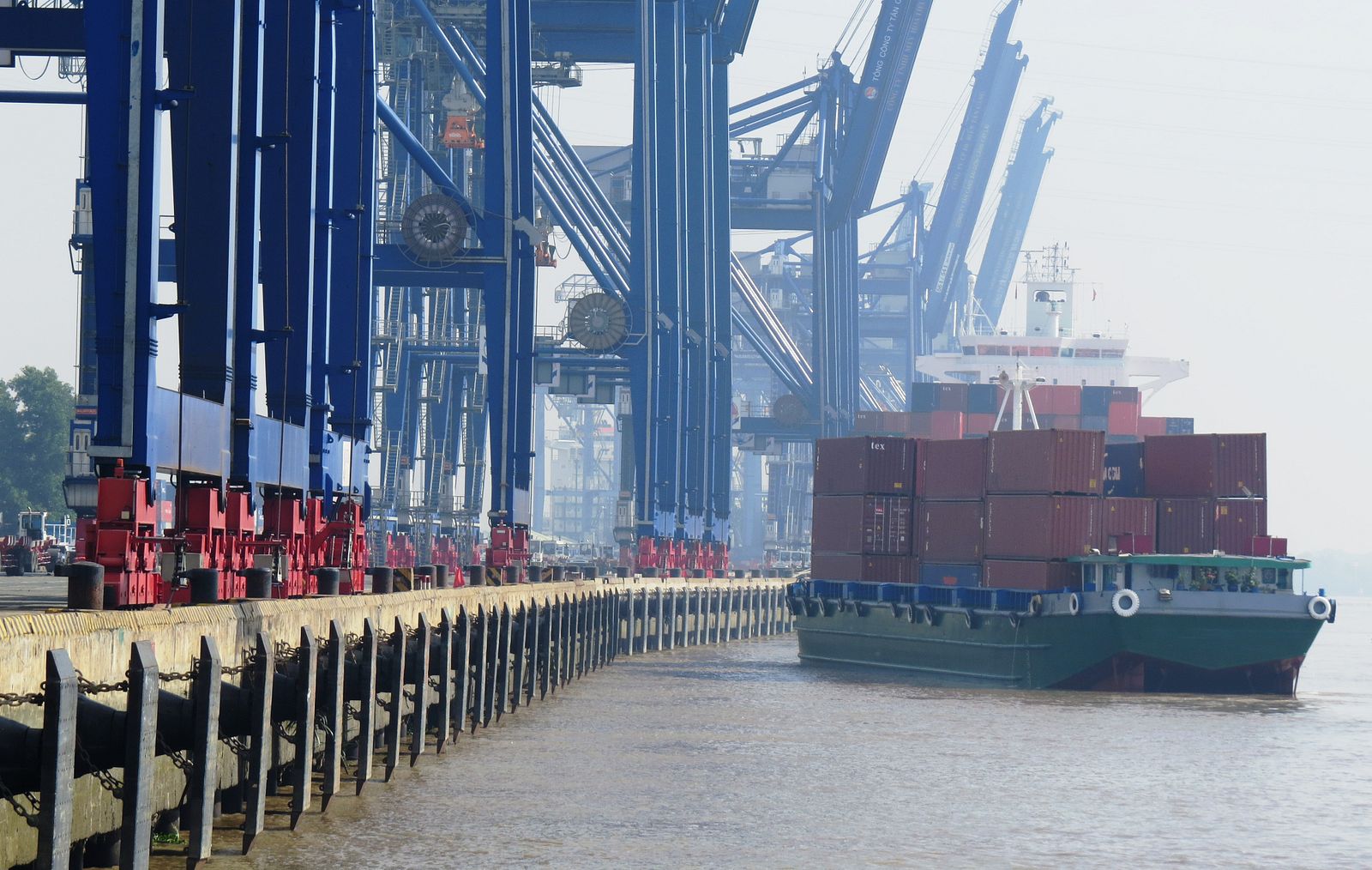By 2030, the amount of carbon dioxide emitted into the environment will triple that of 2015's amount.
According to Associate Professor and Doctor Luu Duc Hai, director of the Institute for Urban Studies and Infrastructure Development, urban planning authorities should consider developing paths for cyclists and pedestrians in order to alleviate Vietnam's current traffic congestion, Kinh Te Do Thi reports.
The majority of the city's daily commuters use private means of transportation while only 15% use public transportation. Thus, developing roads for pedestrians and cyclists that are well-connected to public transportation services will help encourage public transportation usage, ease the pressure on transport infrastructure, and reduce its environmental impact.
"During the process of rapid urbanization, overloaded transport infrastructures have led to many potential threats including traffic accidents and negative impacts on the environment. Therefore urban planners should shift their focus on developing roads for cyclists and pedestrians," said Hai.
Recent statistics from the Hanoi Department of Natural Resources and Environment reveal the need to find alternatives to internal combustion engine vehicles. According to the department, by 2020, vehicles using fuels and energy will release 18.2 million tons of carbon dioxide (CO2) gas into the environment and by 2030 the figure will skyrocket to 42.7 million tons of CO2 gas. Most of the gas and air pollution emissions are the byproducts of cars and motorcycles.
Echoing Hai's idea, Chairman of the Vietnam Association for Conservation of Nature and Environment Nguyen Ngoc Sinh also calls for the use of biofuel and electric vehicle, along with the establishment of roads for pedestrians and cyclists.














